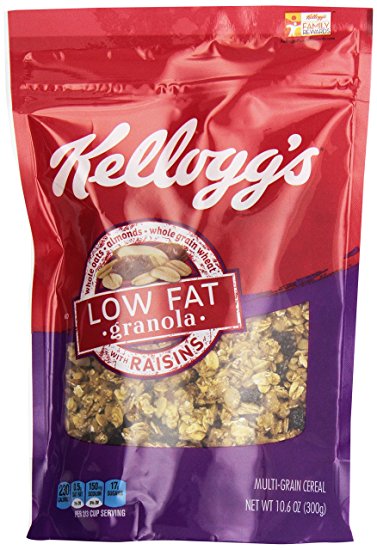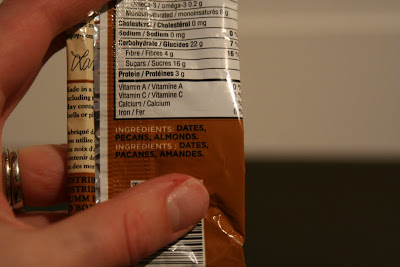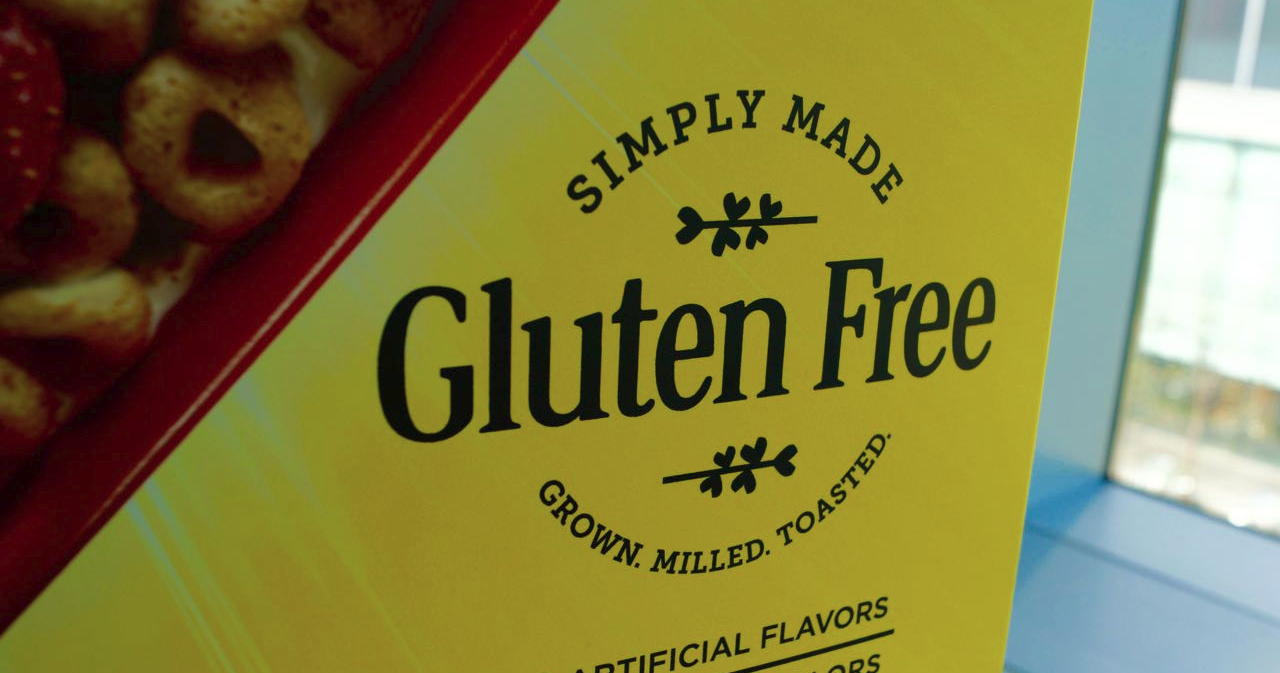For many years, there have been certain code words that trigger a potential consumer's brain to decide if they want to buy a specific food.
Things like "artificially flavored" and "artificially colored" tend to turn people away from a product.
"Low fat," "naturally sweetened," and "added vitamins" were a good sign, and what most shoppers chose to purchase.
However, according to recent studies and surveys, consumers are looking at brand new words to help them decide what food they'll be serving to their families.
"Consumers are changing their definition of health and wellness," said John A. Bryant, chairman and CEO of The Kellogg Co. "We go back over time, health and wellness was defined as lower fat, lower calorie, defined as added vitamin fortification, etc.

The change is becoming a bigger factor in how companies market and produce their foods.
"To address this, the company is going through the largest innovation program in history as we aggressively change our foods to ensure they are on trend with long-term needs of our consumers," says Bryant.
So what exactly is this new trend in label-reading that companies have to adjust to?
Continue reading to find out!
"Now increasingly, health and wellness means the absence of negative. It could be G.M.O.-free, gluten-free, any number of definitions along those lines "” simple food," Bryant said during a shareholders meeting.
Examples of these foods would be gluten-free, like Bryant mentioned, hormone-free, or sugar-free to name a few.
The study also goes on to show that it's not only being free of negative things, it's also about 'friendly' ingredient lists and wanting real ingredients. Many more consumers are looking for products that have familiar, natural ingredients that they can recognize immediately.

In a breakdown of what 1002 people look for in their food, the studies found the following:
- 27% wanted foods high in healthy components or nutrients
- 17% wanted foods which could be used to build a healthy eating style
- 15% wanted foods free from artificial ingredients, preservatives, or additives
- 9% wanted purely natural foods
- 8% wanted foods low in unhealthy components or nutrients
- 8% wanted foods minimally processed
- 7% wanted organic food
- 5% wanted Non-GMO foods
According to Hank Cardello, senior fellow at the Hudson Institute, "generation-wise, millennials are leading the clean label/transparency trend. Millennials tend to be more skeptical. They want to know what they are eating, where it comes from and what it is."

